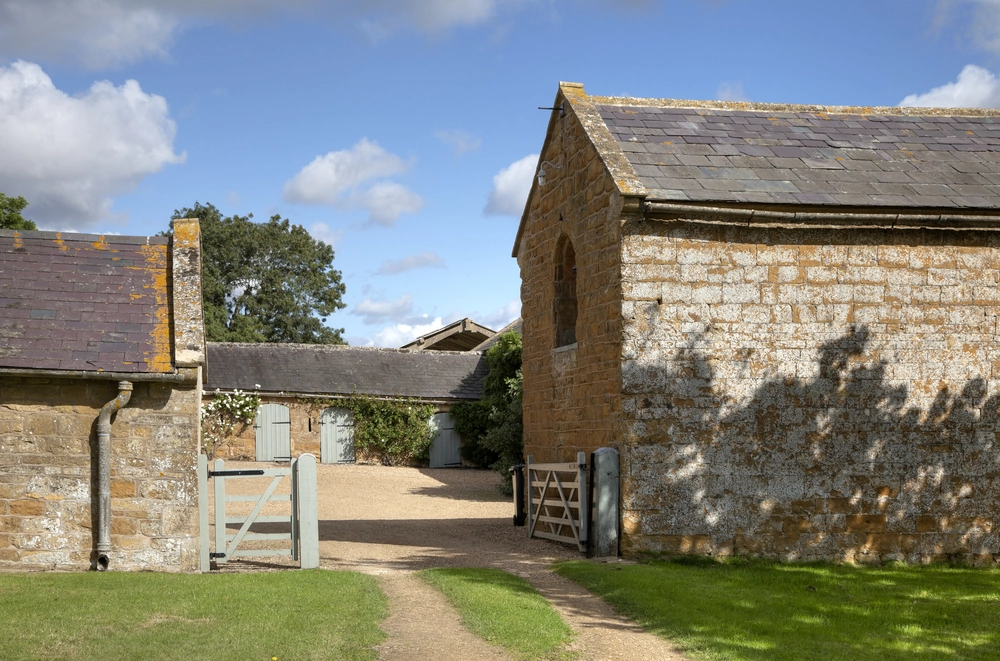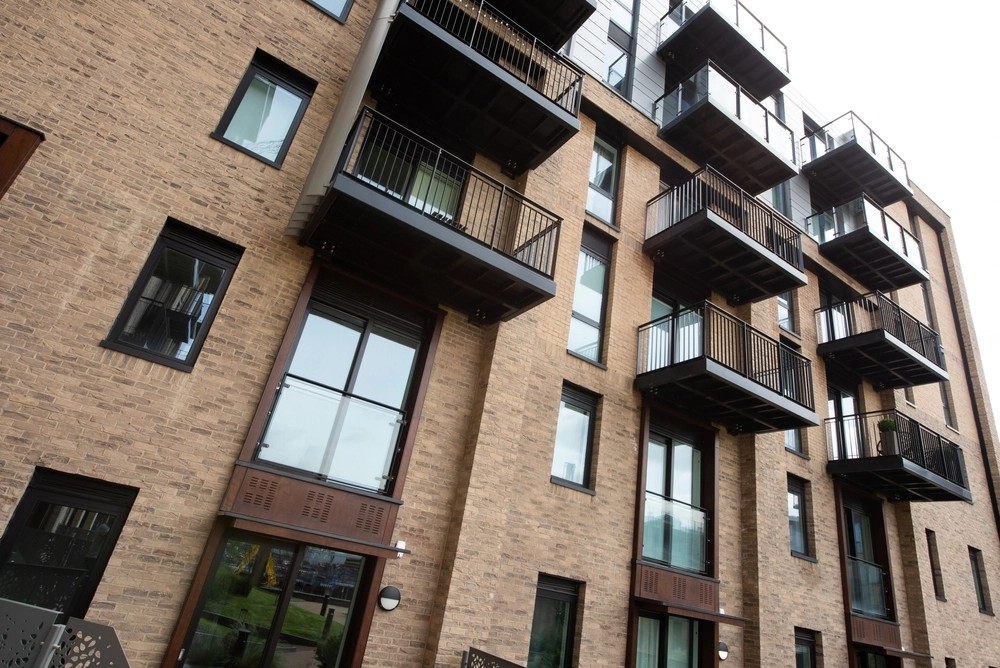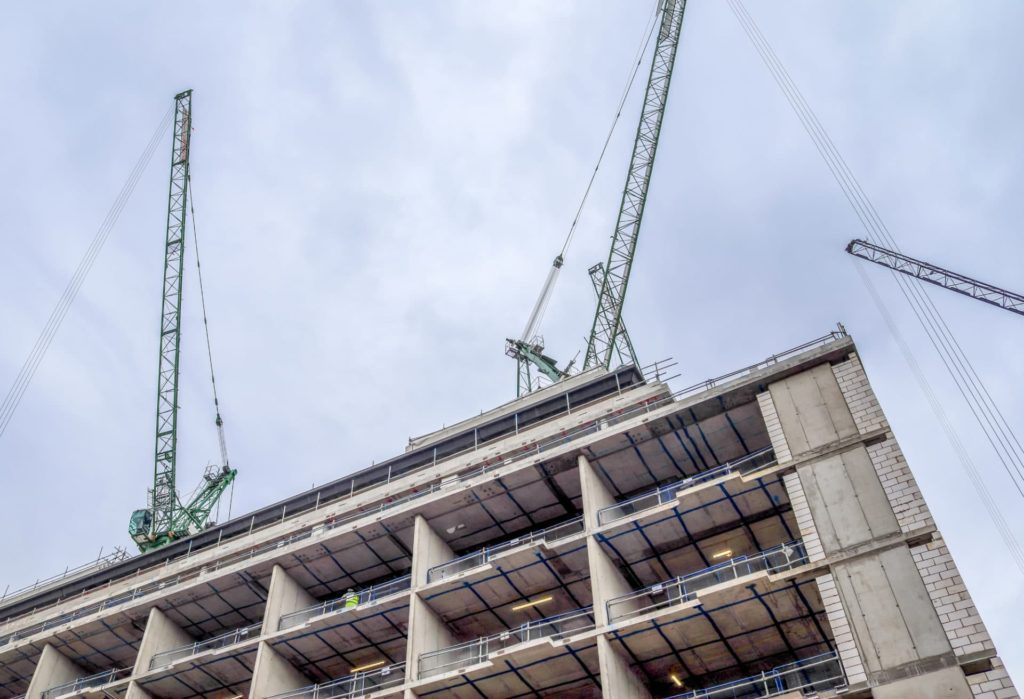
New Use Class E – Opportunities for owners of retail properties
5 min read
The Government has recently announced a series of radical changes to Use Classes in England that will take effect from 1 September 2020. These changes are particularly significant for retailers including operators of pubs/bars hot food takeaways, cinemas, museums, concert and dance halls.
What are the headlines?
From 1 September 2020 changes will be made to how uses in England are classified by the planning system. For retailers this means that shops (with the exception of "small" shops), restaurants and cafes will fall into a new Class E that also incorporates other uses. The advantage to retailers will be that they will be able to change the use of their properties to a broader range of other uses such as offices, without the need for planning permission.
These changes will also appeal to a broader range of purchasers and tenants, may enhance capital and rental value and the Government is relying on this as a key measure in the revival of the High Street by allowing the market greater freedom to decide to what commercial uses property should be put.
There are complexities to the changes including transitional arrangements and some notes of caution which we have set out in more detail below.
How will the Use Classes change?
Retail uses currently fall within Part A of the Use Classes Order and are split into Class A1 (Shops), A2 (Financial and professional services), A3 (Food and drink), A4 (Drinking establishments) and A5 (Hot food takeaways). As of 1 September 2020 Classes A1, A2 and A3 will cease to exist and the uses in them will be consolidated into a new Class E (Commercial, Business and Services).
In addition to this office, research and development and light industrial uses (current Class B1 (Business)) and medical and health services, creche, day nursery and day centre uses (current Class D1 (Non-residential institutions)) and indoor sports, recreation and fitness uses (current Class D2 (Assembly and leisure)) will be consolidated into the new Class E.
Use Classes A4, A5, D1 and D2 will also cease to exist from 1 September 2020. Uses within current Class A4 and A5 together with cinemas, museums and concert halls from current Class D1 and D2 will not be consolidated into any new Use Class meaning that they will be sui generis uses i.e. within a class of their own (see more below).
What is the significance of new Class E to retailers?
Changes of use to and from uses that fall within the same Use Class do not constitute development, therefore such changes do not require planning permission. This means that landlords and tenants of retail uses that fall within current Use Classes A1, A2 and A3 will (subject to our note of caution below) have much greater flexibility from 1 September 2020 as to how they use their properties within the much broader new Use Class E. They will, for example, be able to change use to non-retail uses such as offices, creches, gyms or to other retail uses such as restaurants that would not previously have been permitted.
For retailers reviewing their portfolios and considering a consolidation exercise, the greater flexibility of uses within Use Class E may present an opportunity to maximise value and income both from their prime properties and from sub-prime properties that will now be attractive to a broader range of purchasers or tenants.
The changes to Use Classes do not affect Use Class B8 (warehouses) which will remain in place. However, where those warehouses also have a retail element falling within current Part A, that retail element may benefit from the flexibility associated with it falling within the new broader Class E from 1 September 2020.
What about "small" shops?
Although uses within Class A1 (Shops) will fall into the much broader Class E from 1 September 2020, there is an exception in relation to "small" shops.
"Small" shops are those which mostly sell essential goods, including food, and which cover an area of no more than 280sqm, and are in an area where there is no other such facility within 1,000m radius of the shop. These "small" shops with fall within new Class F.2 (Local community) which is a very narrow Class that only includes indoor and outdoor swimming pools and areas or places for outdoor sport or recreation.
"Small" shops are clearly envisaged to be village shops and shops in remote locations. In practical terms there will be little scope for such a shop to change use without an application being made for planning permission. This is of course subject to the transitional arrangement referred to below.
What is the significance to operators of pubs/bars and hot food takeaways of the changes to Use Classes?
Pubs/bars and hot food takeaways have always been subject to relatively limited flexibility in terms of changes of use without the need for planning permission. By removing these uses from the Use Classes and making them sui generis uses i.e. uses in a class of their own, there will be no flexibility at all to change use without first applying permission. It will always be required for changes of use to and from sui generis uses.
However, there are transitional arrangements (set out in more detail in our article and below) that present a limited opportunity for changes of use under current permitted development rights without the need to apply for planning permission.
What is the significance for museums, cinemas, concert and dance halls?
Museums, cinemas, concert and dance halls have always been subject to very limited flexibility in terms of changes of use without the need for planning permission. By removing these uses from the Use Classes and making them sui generis uses i.e. uses in a class of their own, there will be no flexibility at all to change use without first applying for permission. It will always be required for changes of use to and from sui generis uses.
However, there are transitional arrangements (set out in more detail in our article and below) that present a limited opportunity for changes of use under current permitted development rights without the need for changes of use to and from sui generis uses.
Are there transitional arrangements?
Uses from 1 September 2020 Any land or buildings being used for a use falling in any of the current Use Classes as at 31 August 2020 will be treated on or after 1st September 2020 as being used for a purpose within the new Use Classes.
Permitted Development rights Permitted development rights are rights to carry out development, which includes changes of use without the need to apply for a planning permission. Under permitted development rights a deemed planning permission is granted providing the development meets relevant criteria. Permitted development rights are set out in the General Permitted Development Order (GPDO).
Under the transitional provisions the GPDO should still be read until 31 July 2021 as though it still refers to the current Use Classes.
The practical effect is that even if retail uses either fall into new Class E, or fall out of the Use Classes in their entirety, they may for the purpose of permitted development rights be read as continuing to fall within their existing Use Classes until 31 July 2021. This means that they will be able to take advantage of those permitted development rights during that time period. For example, this means that a drinking establishment which is currently within Class A4 but which will be a sui generis use from 1 September 2020 could change use to a use within current Class A1 (shops) under permitted development rights as set out in the relevant permitted development criteria.
This could be advantageous in the long term as it overcomes the need for a permission for some changes of uses that would otherwise have been required as a result of the changes to the Use Classes. Landlords and tenants who take advantage of this transitional arrangement could find that by having made the change of use under permitted development rights before 31 July 2020 they will find their property falls within new Class E which gives much greater future flexibility for further changes of use, a broader range of purchasers and tenants and mostly likely increased value.
Planning Applications If an application for permission, or permission in principle or reserved matters approval under an outline planning permission is submitted or deemed to be submitted before 1 September 2020 and that planning application refers to the current Use Classes then that planning application must be determined by reference to those uses or Use Classes.
Other transitional arrangements Transitional arrangements relating to the need for prior approval and Article 4 Directions have also been introduced and are set out in more detail in our article here
Note of caution
The new Class E contains a wide-variety of uses and, in principle, planning permission to change between any of the uses in Class E is not required.
However, caution should be exercised before rushing to take advantage of Class E from 1 September. Planning conditions and/or section 106 agreements may impose restrictions on use and changes of use and may therefore prevent you taking full advantage of the ability to change use for uses within the new Class E. The same is the case for the terms of leases and consent may be required from the bank where it has a charge over the property.
Where a permission has not been implemented at 1 September 2020 and refers to the current Use Classes, it will not be as simple as to read that planning permission as now permitting uses under the new Use Classes. First the permission will have to be implemented and the development used for the original permitted uses before changes of use can then be made within the new Use Classes. Such a change of use is also subject to our note of caution above regarding the terms of conditions and Section 106 agreements.
Summary
The changes to Use Classes and the transitional provisions present a number of opportunities for retailers and in many cases will lead to a broad scope for use, a broader set of purchasers and tenants and increased value.
For more information on retail and consumer law issues, get in touch.











